Curiosities of Paraguay, often referred to as the “Heart of South America,” is a landlocked country that boasts a distinctive blend of cultural, historical, and natural wonders. Nestled between Brazil, Argentina, and Bolivia, Paraguay’s uniqueness lies in its indigenous heritage, Jesuit missions, and the resilience of its people. In this exploration, we delve into some of the most striking curiosities that make Paraguay distinctive and fascinating.
Triple Frontier:
Paraguay is situated at the Triple Frontier, where it shares borders with Brazil and Argentina. This geographic intersection is not only a point of cultural convergence but also a significant area for commerce and trade.
Guaraní Culture:
The Guaraní people, with roots in Paraguay, have greatly influenced the country’s cultural identity. The Guaraní language is one of the official languages of Paraguay, alongside Spanish, reflecting the nation’s commitment to preserving its indigenous heritage.
Jesuit Missions:
The Jesuit Missions of La Santísima Trinidad de Paraná and Jesús de Tavarangue, both UNESCO World Heritage Sites, are remnants of the Jesuit Reductions established in the 17th and 18th centuries. These mission complexes showcase a unique blend of European and indigenous cultures and architecture.
Itaipu Dam:
The Itaipu Dam, shared with Brazil, is one of the world’s largest hydroelectric power plants. Its construction and operation have had a profound impact on Paraguay’s energy production and economic development.
Yerba Mate Culture:
Yerba mate holds a special place in Paraguayan culture. The traditional herbal tea, made from the leaves of the yerba mate plant, is a common social beverage and an integral part of daily life.
Ñandutí Lace:
Ñandutí, a traditional Paraguayan lace, is a delicate and intricate craft that has been passed down through generations. The lacework, resembling a spider’s web, is often used in clothing and decorative items.
Chaco Region:
Paraguay’s Gran Chaco, a vast semi-arid region, covers more than 60% of the country. This unique ecosystem is home to diverse wildlife and is a stark contrast to the eastern part of the country.
Carnaval Encarnaceno:
Carnaval Encarnaceno is one of Paraguay’s vibrant and colorful festivals. Held in the city of Encarnación, the carnival features parades, music, dance, and elaborate costumes, attracting both locals and visitors.
Filadelfia:
Filadelfia, founded by Russian Mennonite immigrants in the 20th century, is a unique town in the Gran Chaco. The Mennonite community has maintained its cultural traditions, and visitors can explore their way of life and agricultural practices.
Che Ñe’ẽ (Jopara):
Paraguayans are known for their use of Che Ñe’ẽ, also known as Jopara, a linguistic phenomenon where indigenous Guarani and Spanish are seamlessly blended in everyday conversation. This linguistic fusion reflects the cultural syncretism present in the country.
National Pantheon of the Heroes:
Located in Asunción, the National Pantheon of the Heroes is a mausoleum honoring Paraguay’s national heroes. The monument stands as a symbol of the country’s struggle for independence and sovereignty.
Cerro Corá National Park:
Cerro Corá National Park, the site of the last major battle in the War of the Triple Alliance, is a protected area with diverse flora and fauna. The park is a testament to Paraguay’s historical significance and commitment to preserving its natural heritage.
Tobatí Pottery:
Tobatí, a town known for its pottery traditions, produces unique ceramics and earthenware. Artisans in Tobatí create distinctive pieces that reflect a blend of indigenous and colonial influences.
Areguá:
Areguá, situated on the shores of Lake Ypacaraí, is known for its vibrant arts and crafts scene. The town hosts an annual arts and crafts fair, showcasing the talents of local artisans and providing a platform for cultural exchange.
National Indigenous Day:
Paraguay celebrates National Indigenous Day on April 19th to honor and recognize the contributions of indigenous communities to the country’s cultural diversity. Festivities include traditional music, dance, and ceremonies.
Paraguayan Harp Music:
The Paraguayan harp holds a special place in the country’s musical heritage. Traditional harp music, often accompanied by guitar and vocals, is an integral part of Paraguay’s cultural expression.
Casa de la Independencia:
Asunción’s Casa de la Independencia is a historic house where the independence movement in Paraguay was planned. The museum showcases artifacts and exhibits related to Paraguay’s struggle for independence.
Mateburro:
The Mateburro, a crossbreed of a donkey and a horse, is a traditional work animal in rural Paraguay. It is known for its resilience and adaptability to the challenging terrain of the Gran Chaco.
Dulce de Mamón:
Dulce de Mamón, made from the fruit of the mamón tree, is a popular sweet treat in Paraguay. The fruit is candied, creating a unique and flavorful dessert enjoyed by locals and visitors alike.
Paraguayan Polka:
Paraguay’s musical heritage includes the Paraguayan polka, a lively dance and music genre. The polka reflects the country’s European influences and is often performed with traditional instruments like the harp, guitar, and accordion.
Conclusion:
Paraguay’s uniqueness lies in the convergence of its diverse cultural heritage, historical landmarks, and natural wonders. From the indigenous traditions of the Guaraní people to the architectural marvels of the Jesuit Missions, the country invites exploration and appreciation for its multifaceted identity.
As Paraguay continues to shape its future, its striking curiosities remain a source of pride for its people and an invitation for the world to discover the beauty and richness of this South American nation. Whether exploring ancient ruins, participating in vibrant festivals, or savoring traditional yerba mate, Paraguay stands as a testament to the extraordinary wonders that define its character.


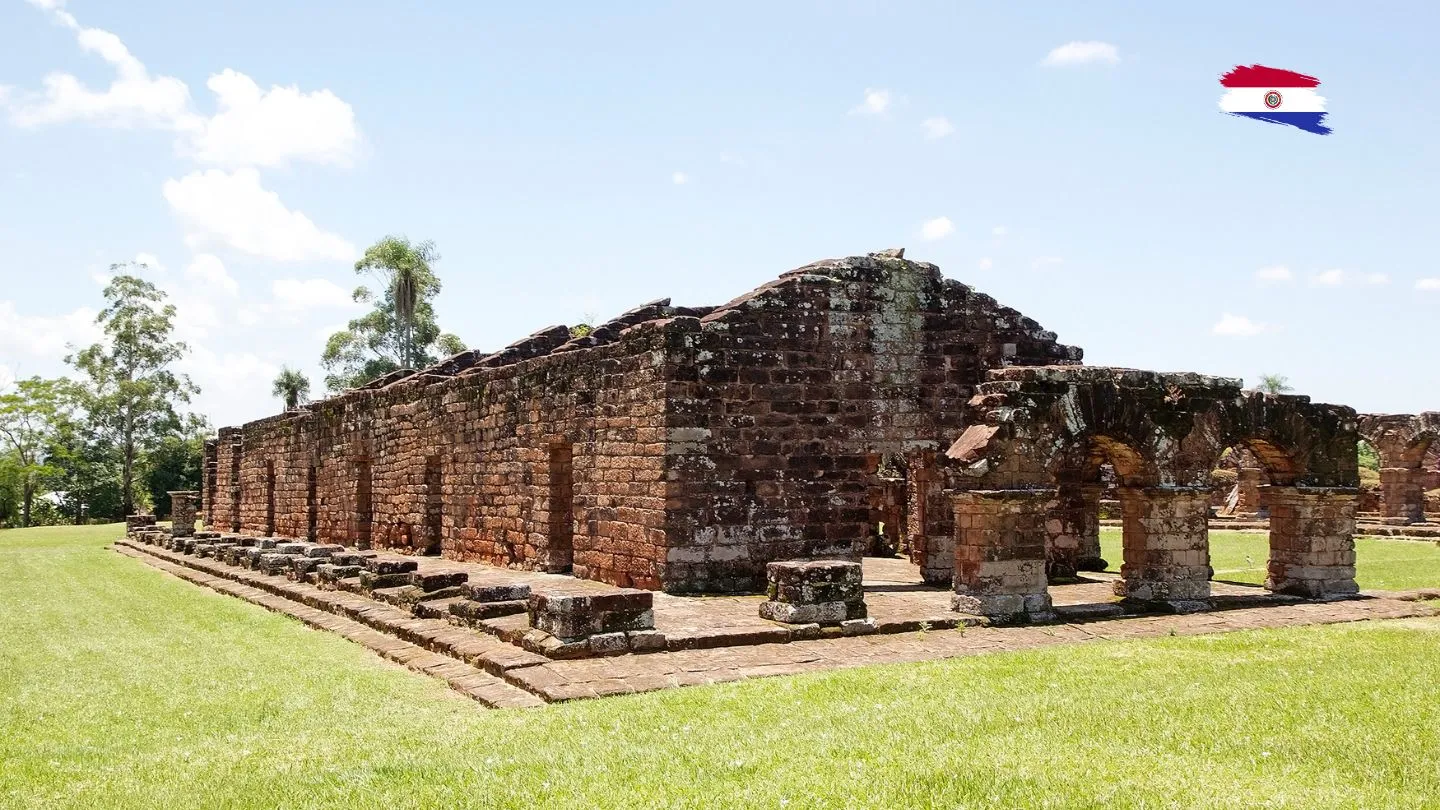
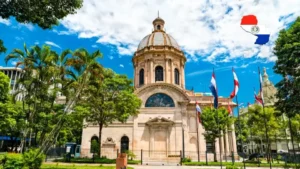
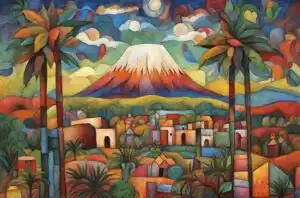
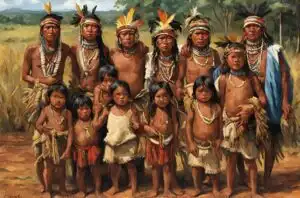
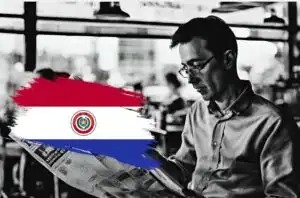
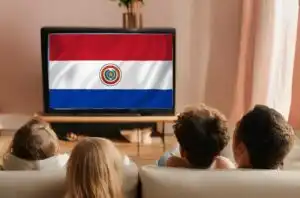
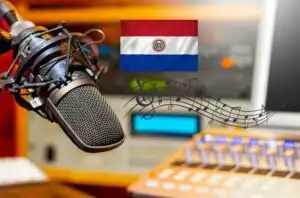
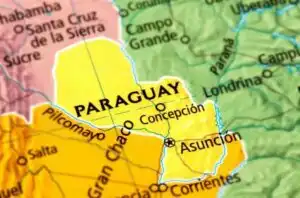
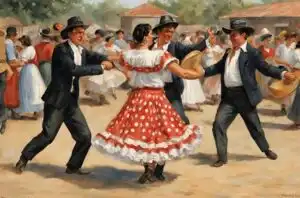
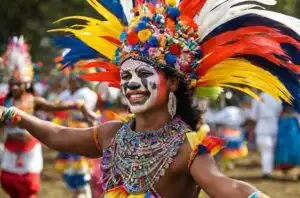
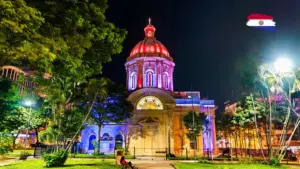
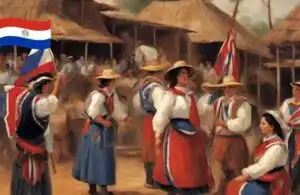
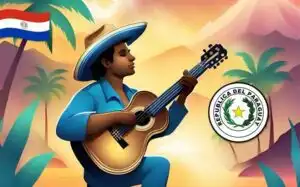
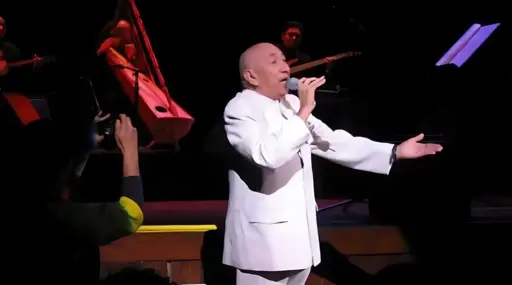
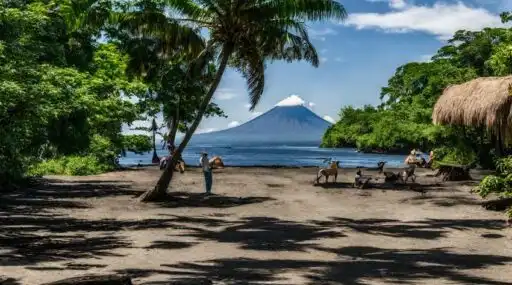

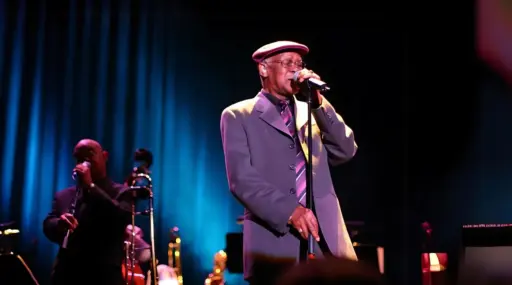
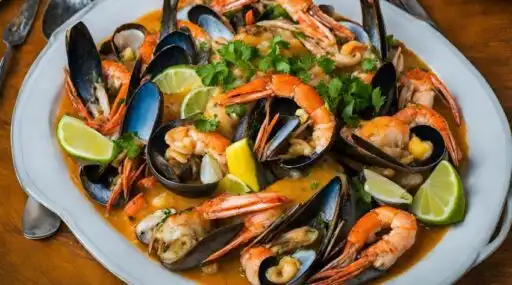
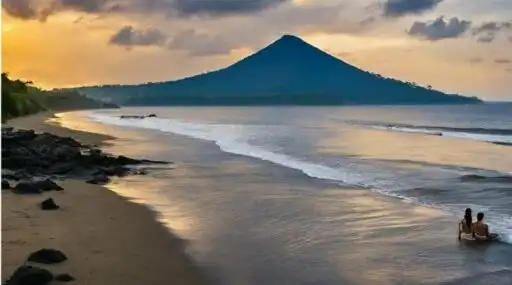
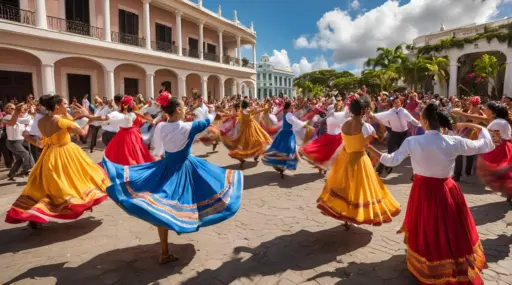
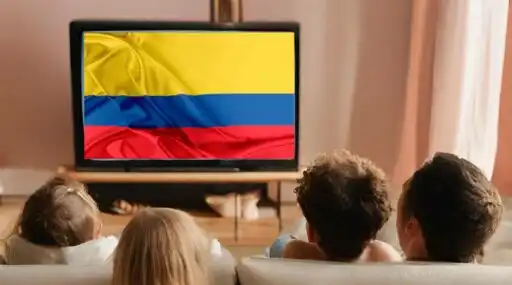
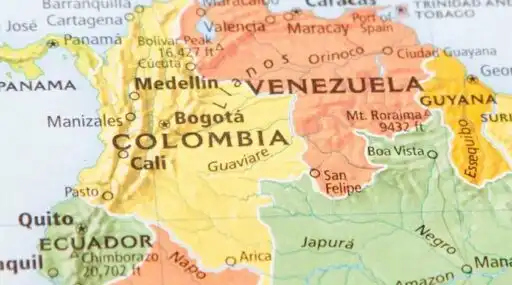
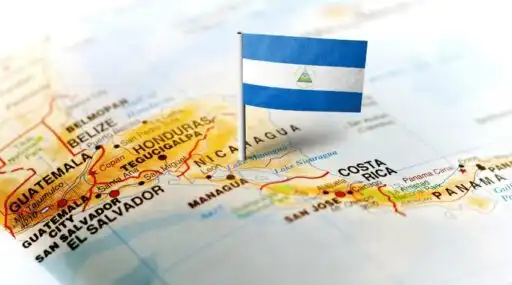
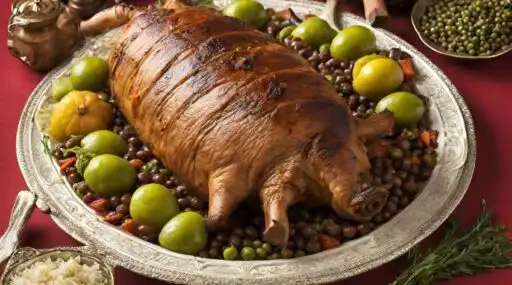
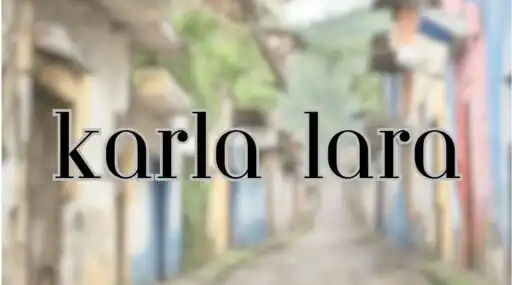

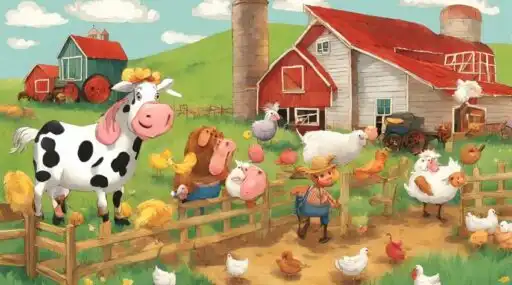
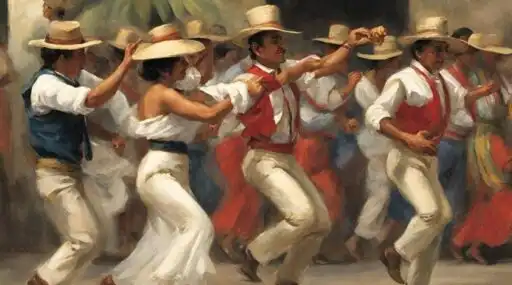
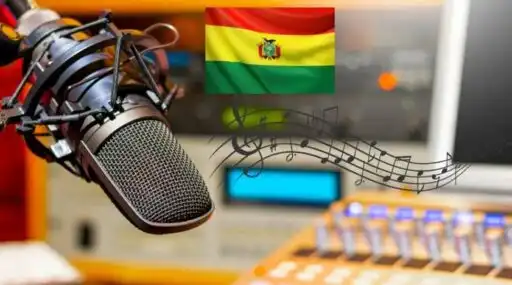
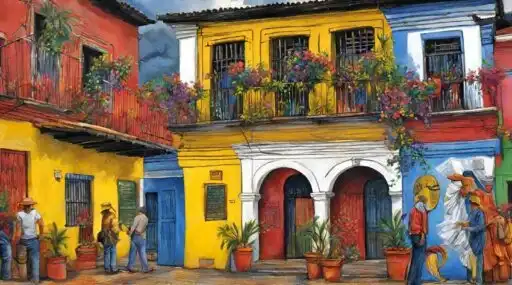
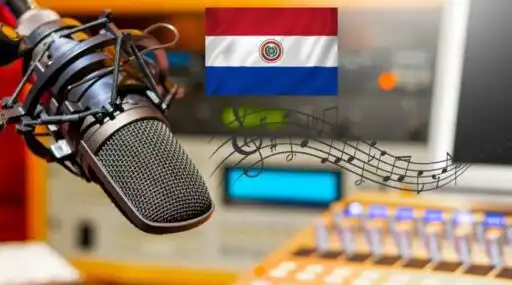

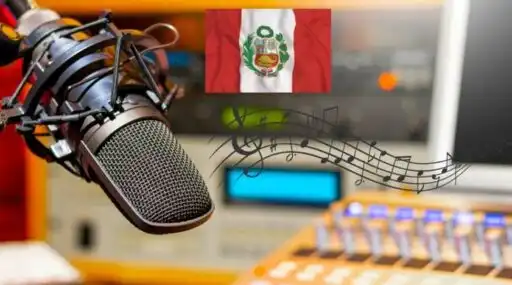
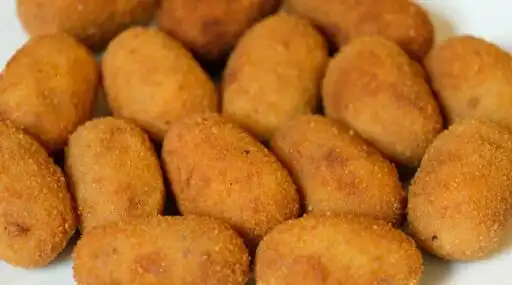
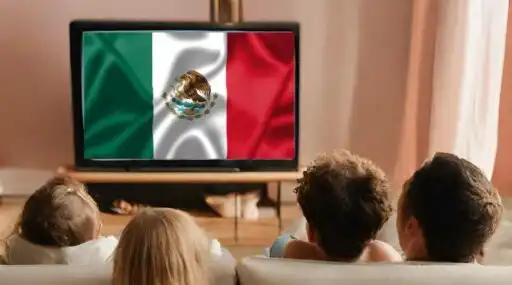
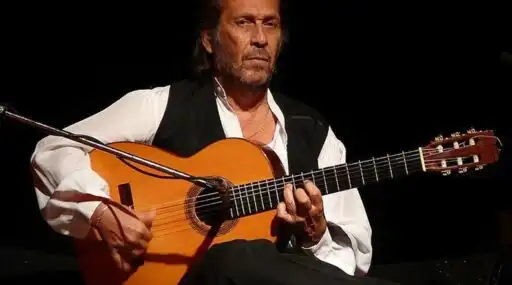

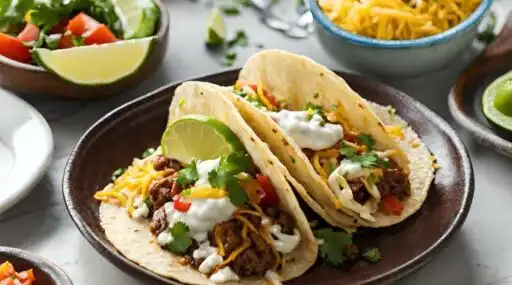
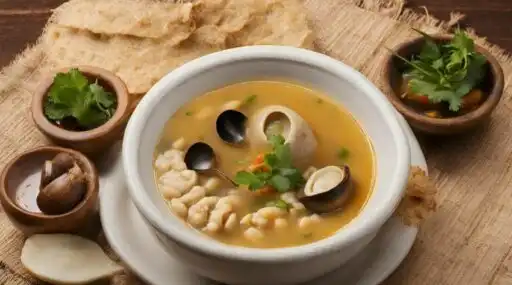
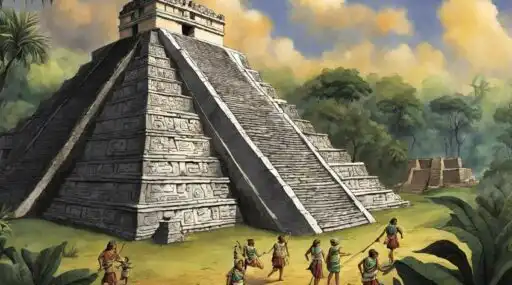
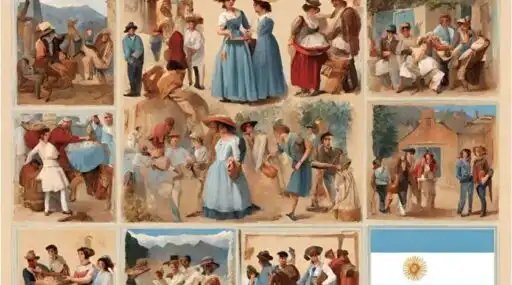
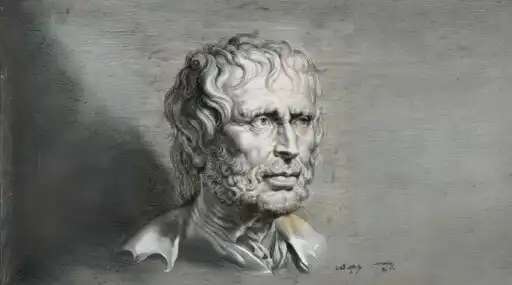
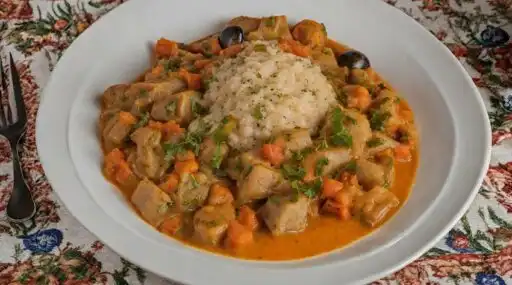
Leave a Reply